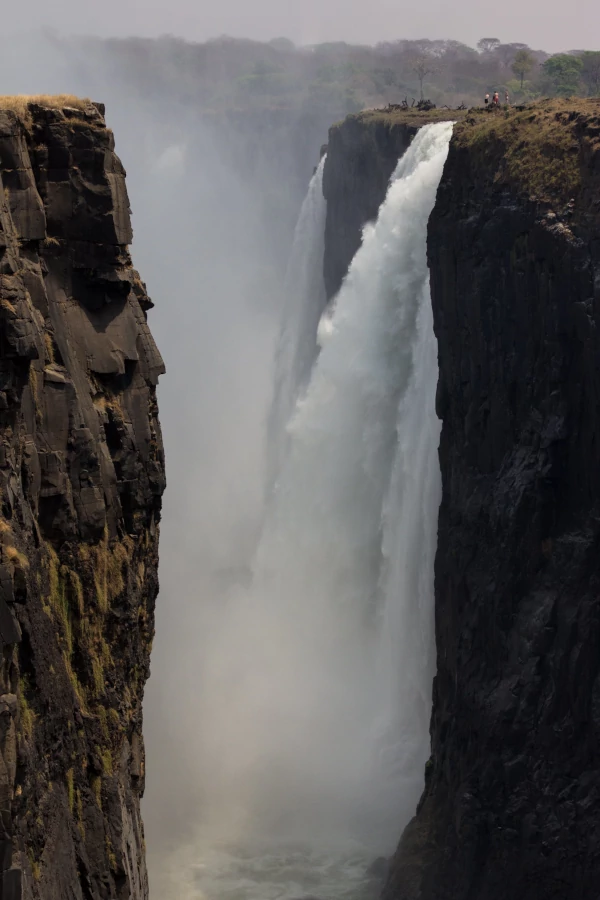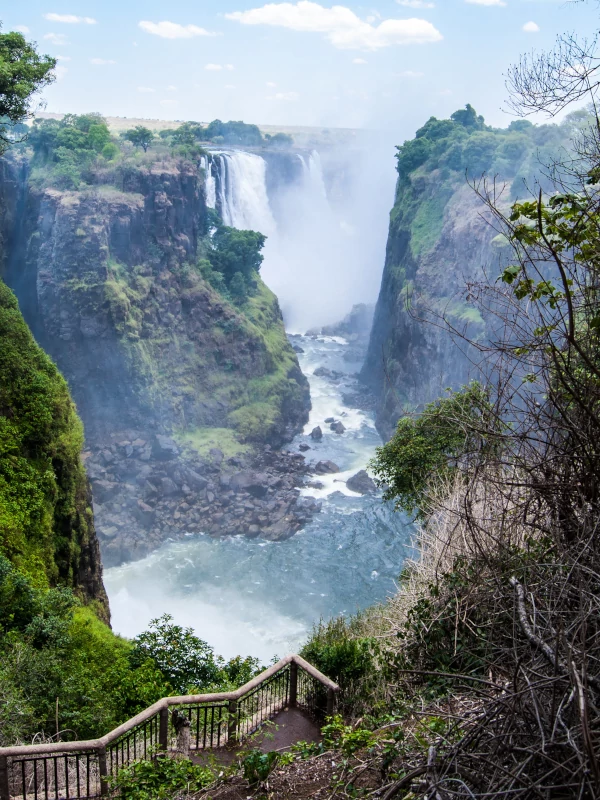Visitors to Victoria Falls National Park can immerse themselves in the park's rich biodiversity, exploring the surrounding forests, woodlands, and savannas. The park is a haven for wildlife enthusiasts, with opportunities to spot elephants, hippos, crocodiles, and a variety of bird species amidst the pristine natural surroundings. Guided walks and scenic viewpoints offer glimpses of the park's diverse ecosystems and provide unforgettable experiences of the sights and sounds of the African wilderness.
In addition to its natural wonders, Victoria Falls National Park offers a range of activities and adventures for visitors to enjoy. From heart-pounding thrills such as bungee jumping and whitewater rafting to more leisurely experiences like sunset cruises and cultural tours, there's something for everyone to experience and discover in this enchanting corner of Zimbabwe. Whether marveling at the sheer power of Victoria Falls, exploring the park's diverse landscapes, or embarking on an adrenaline-fueled adventure, a visit to Victoria Falls National Park promises unforgettable memories and a deeper appreciation for the wonders of the natural world.








